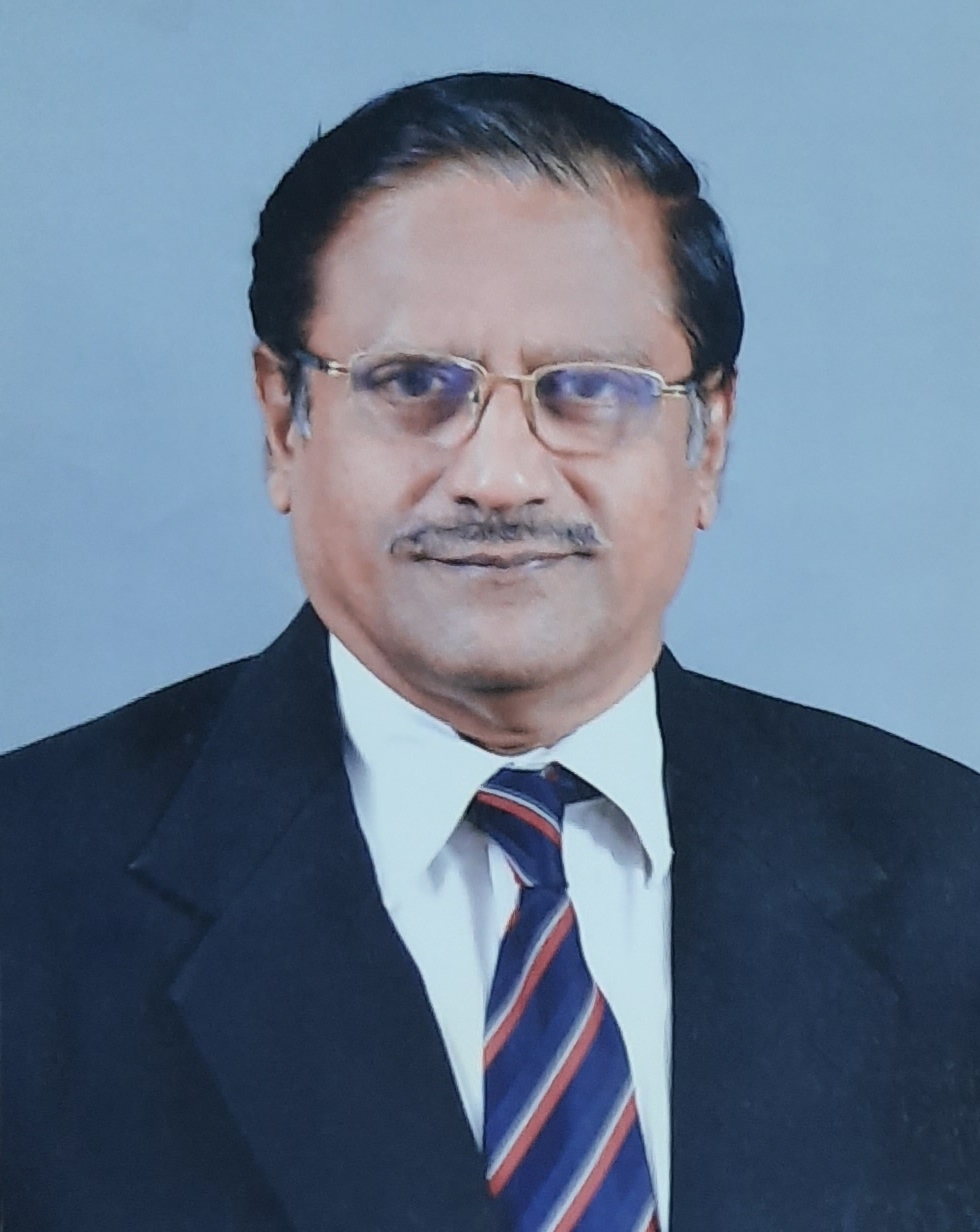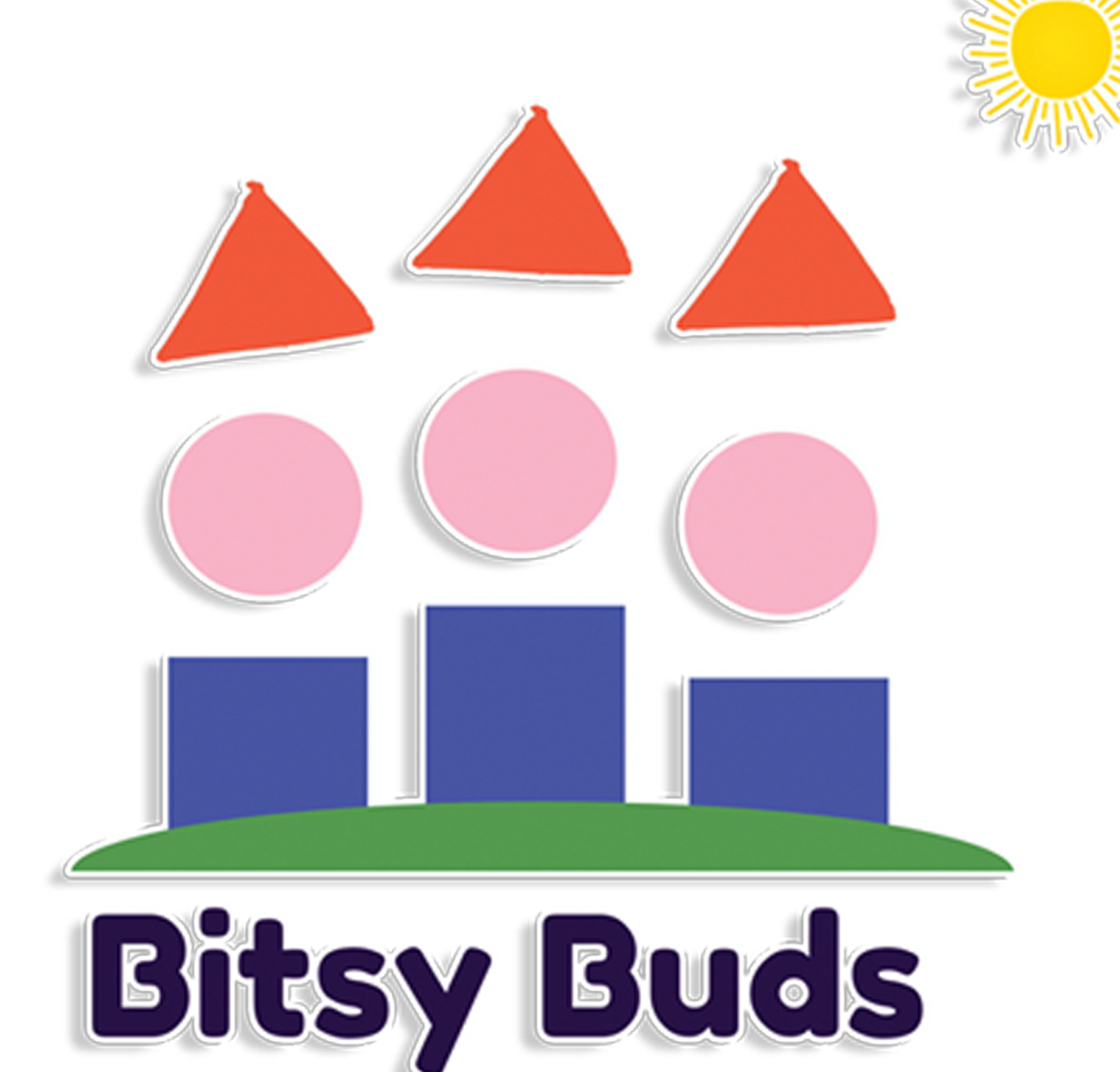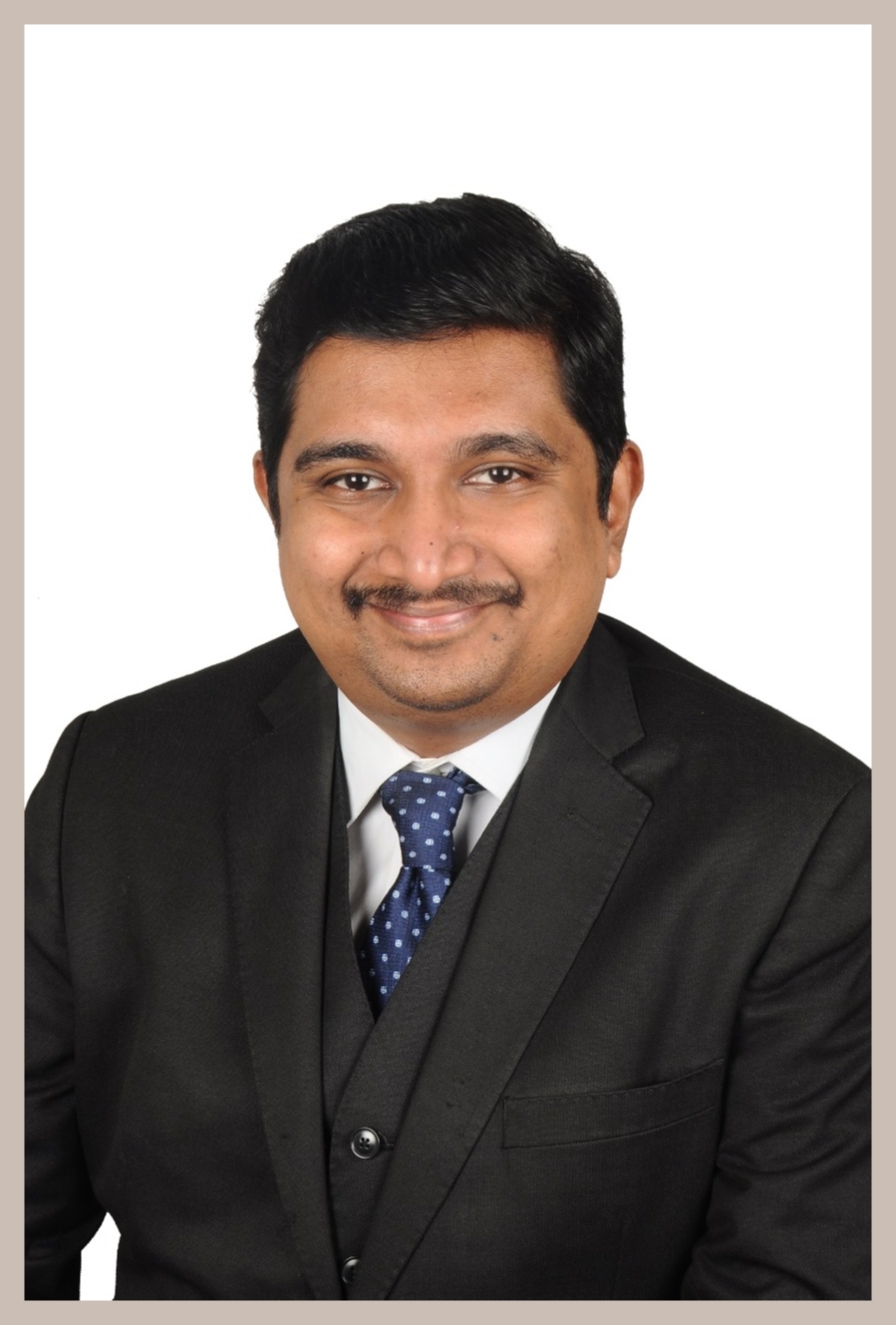Brain Matters! - Dr. Sundaram, Neurosurgeon. M.S. (General) M.Ch. (Neuro)
Q: We often use the term ‘head weight’, does it mean head is heavier than rest of the body?
A: Well, a man carries 1.2- 1.4 kg of brain in his head, if u call that heavy. But creator was kind enough to make sure the weight is not felt as it floats in a bag of fluids.
Q: How does that brain gets to know everything happening in and around ourselves?
A: That’s because we have enthusiastic messengers (quicker than e-commerce buddies),Basic unit of brain is neuron. There are about 1012 neurons in the brain which transmits/receives impulses from all the parts of body.
Q: You said that brain floats, does that mean it is protected? if yes, then how does accidents/ trauma lead to its damage?
A: Yes, it is protected by a hard skull and a bag of fluids. Brian is not like other organs such as heart, kidneys, liver etc., which can be handled in vivo. Brain is soft and fragile in nature. Imagine a butter that is got from churning curd, usually kept in pot containing water, undisturbed. If u disturb the pot or the water, the butter gets disintegrated same applies for the brain. Keep it safely.
Q: Interesting! Can you tell us how nutrition affects brain function?
A: Nutrition is very important. Brain is dependent on glucose level of your body. Hypoglycaemic coma is a condition where when your blood sugar level falls around 70, the person loses consciousness. Hence make sure you take right amount of nutrients as metabolism of brain is not like other organs in our body.
Q: Brain and communication – How does that happen?
A: There are areas which carry out specific functions. Some of these areas are specific to memory, audition, vision, emotion, behaviour, language and skeletal movements. Brain receives impulses from sense organs through specified networks. Brain acts as a computer to store, recollect and relay.
Q: What happens when a person meets with accident and gets head injury?
A: Remember the butter analogy? When inertial forces are applied, brain undergoes trauma. The result of an accident can be an open head injury or closed head injury. Closed head injury is the severe form as there is a chance that brain had undergone diffuse axonal injury (where your fibres are sheared due to rapid acceleration/ deceleration). This condition is hard to find in CT/ MRI.
Q: Can u give us an analogy of how sensitive it is to handle a person with head injury?
A: All that is aimed, is to protect from further damage to neuron. Imagine a wilted crop/ plant, you will have to protect it from all the organic and inorganic harms that is bound to occur. Keep it undisturbed to any of the causes, watch, protect and nurture for it to rejuvenate.
Q: They say a team of members are required following trauma care, Is it true?
A: Yes, from the person who attends and calls up for help, medical team (Physician, Neurosurgeon, Anaesthetist, various technicians when life support needed, Rehabilitation professionals, Nurses and significant staff members who attend, till the family members who takes care on a daily basis form the entire circle of team members for trauma care.
Q: Any general tip for public regarding trauma care?
A: Remember, Medical team can make all the effort to save the recovery done, rehabilitation can be supported through the allied medical professionals, however, it is up to the individual to protect from enemies by maintaining healthy life style. Prevention is better than cure, hence, protect yourselves and the loved ones by following simple traffic rules and healthy rules to win over after effects.






